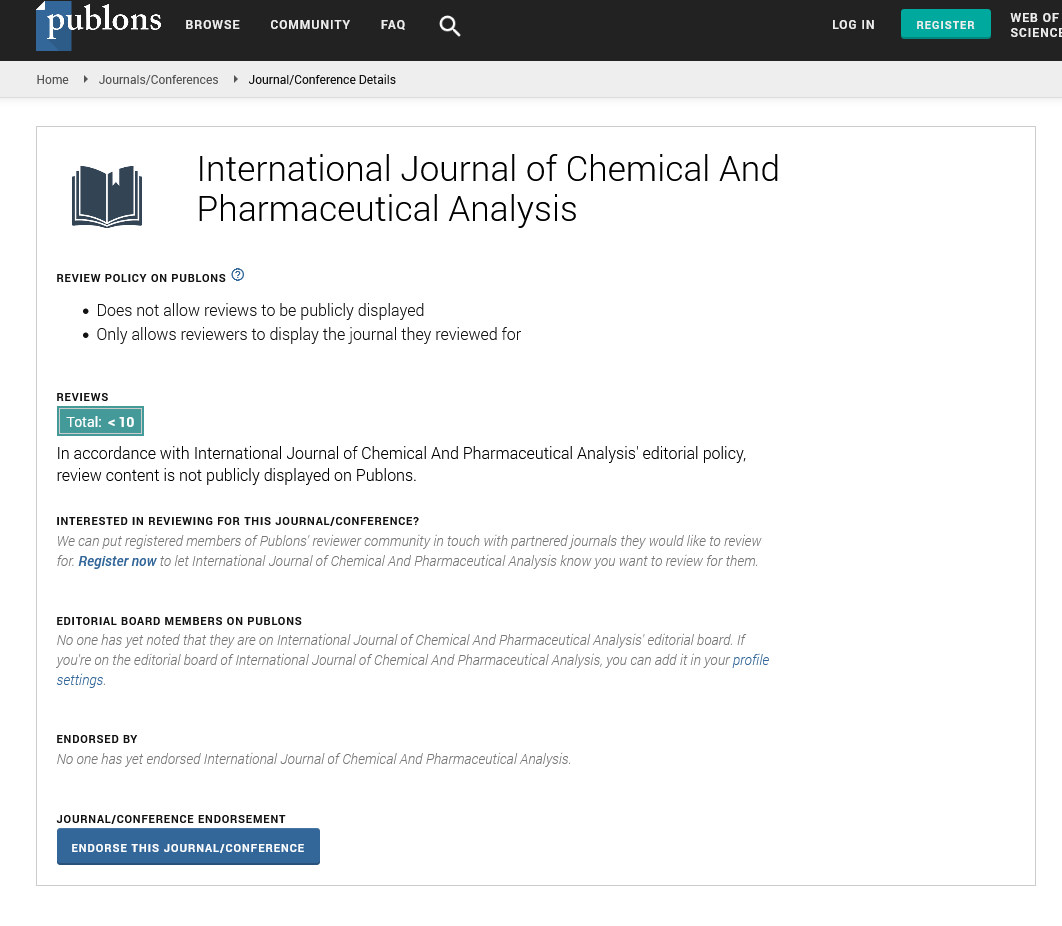Abstract
Author(s): Radha V
Paper pulp bleaching plants using elemental chlorine produced large quantities of dioxins. Dioxins are theorganic pollutantsthat are mostly toxic human-released pollutants in the atmosphere. Dioxins are highly toxic pollutants, which cause a lot of health effects on human’s reproductive, developmental, immune and hormonal problems. Dioxins easily reach the human beings through food, as dioxins accumulate in the food chain in the fatty tissue of animals. Elemental chlorine bleaching has been largely replaced by chlorine dioxideand the formation of dioxin is reduced. ECF (Elemental Chlorine Free) bleaching reduces the amount of chlorinated compounds but not fully eliminating from the effluent. The cost of replacement of new technology for the pollution control in pulp and paper industry is generally high. For this reason the pulp and paper industries follow the old bleaching techniques which cause a lot of environmental problems. To overcome this problem in a cost-effectiveway it is necessary to identify the nature of the problem and compounds that cause human health and environmental problems. At present bio-bleaching of kraft pulp gives better result than ECF bleaching. In the present study three different bleaching sequences are studied ODoPD1,P1P2H, and XP1P2D and the results are compared, based on physical and chemical properties. In ECF bleaching sequence ODoPD1, the amount of residual chlorine present in waste water is 110ppm which contains significant amount of dioxins. To reduce this amount, replace chlorine dioxide stage (Do) with enzymatic bleaching (X). In this sequence XP1P2D, the addition chlorine dioxide is reduced to 1.2% and the amount of residual chlorine is 10ppm.




